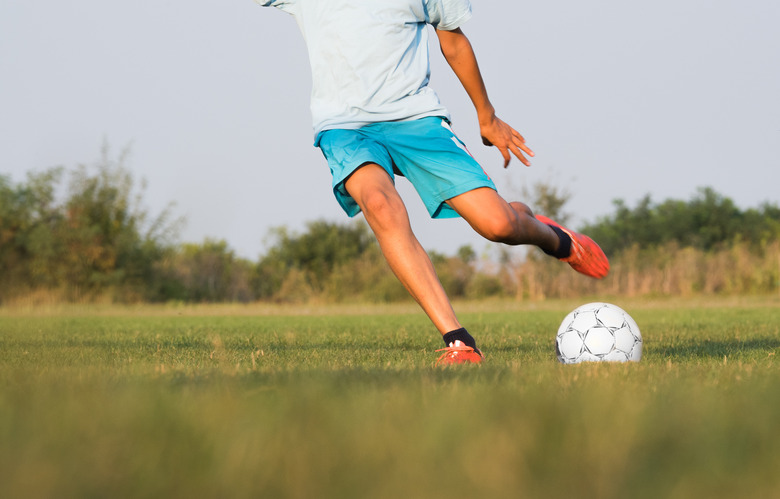About Motion & Force For Kids
Physics is about action and it describes the motion of a swimmer in the swimming pool and the forces that make a ball spin. Forces come in many forms, such as the invisible pull of gravity, the pressure of wind, or the strength of the muscles in your arm. A few simple laws, first discovered in the 1600s, describe how forces act on nearly everything that moves.
Forces Around You
Forces Around You
Forces may be invisible but you can see their results every day. Forces are acting on you right now, including the force of gravity holding you to your chair. When you ride a roller coaster, your feelings are caused by a force that lifts your stomach upwards when you go downhill. When it changes direction your stomach is pulled downwards. The invisible forces make you giggle and scream.
Gravity – Here, There, Everywhere
Gravity – Here, There, Everywhere
Gravity is a force that pulls you downward, towards the ground. Without this force, you would float around in the air. It is a force of attraction between objects, such as you and the earth. Gravity on the moon is less than the earth's because the moon is smaller. This explains why it is difficult to walk on the moon. You can see astronauts bounce on the surface when they are visiting the moon. Gravity gives objects weight; because the moon has less, you would weigh less on the moon.
Objects in Motion
Objects in Motion
Objects resist changing their state of motion. Those that stand still want to stay still, and those that are moving want to keep moving. Only a force can move a motionless object, or get a moving object to speed up, slow down or change direction. Some movements happen in a straight line but other movements are circular. When you throw a ball, forces act on the ball at different angles. The trick is to make a ball go straight and then change direction at the last moment and go inside the goalpost or fool the opponent so he misses the shot.
Newton's Three Laws
Newton's Three Laws
Physicist Isaac Newton, who lived between 1642 and 1727, said three rules could describe how forces make things move. The first rule states, if no force is available to change the speed of an object, it will keep moving at the same speed. This also applies to motionless objects, though their "speed" is zero. It might be hard to imagine an object moving forever, but when you see a ball rolling on the floor until it stops, small forces such as friction and air resistance eventually slow it down. According to the second rule, forces makes things accelerate and this is what happens when you ride your bicycle – you push on the pedals harder if you want to go faster. Newton's third rule tells you forces always happen in pairs and if you push in one direction, there is another force pushing back. For example, your weight pushes down on the floor you're standing on. At the same time, the floor is pushing back up just as hard; the forces stay in balance. If the floor couldn't push back, you'd crash through it.
Cite This Article
MLA
Jomard, Asa. "About Motion & Force For Kids" sciencing.com, https://www.sciencing.com/motion-force-kids-8580833/. 13 March 2018.
APA
Jomard, Asa. (2018, March 13). About Motion & Force For Kids. sciencing.com. Retrieved from https://www.sciencing.com/motion-force-kids-8580833/
Chicago
Jomard, Asa. About Motion & Force For Kids last modified March 24, 2022. https://www.sciencing.com/motion-force-kids-8580833/
